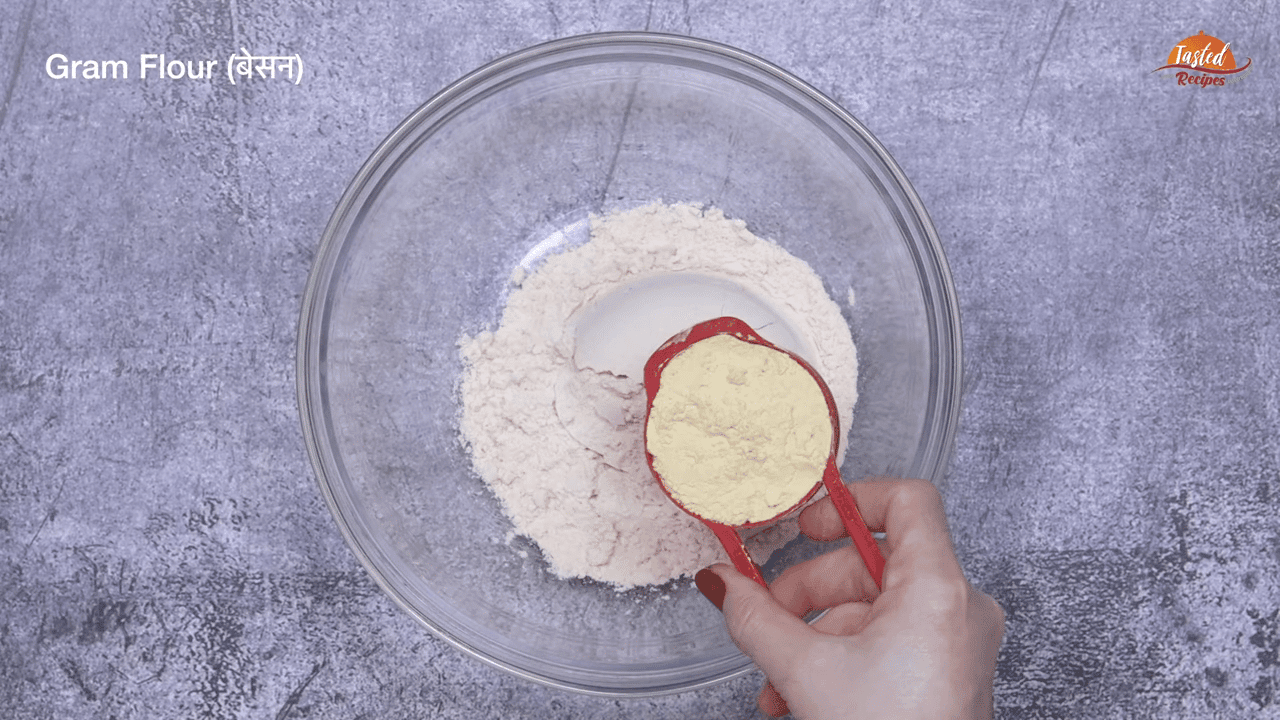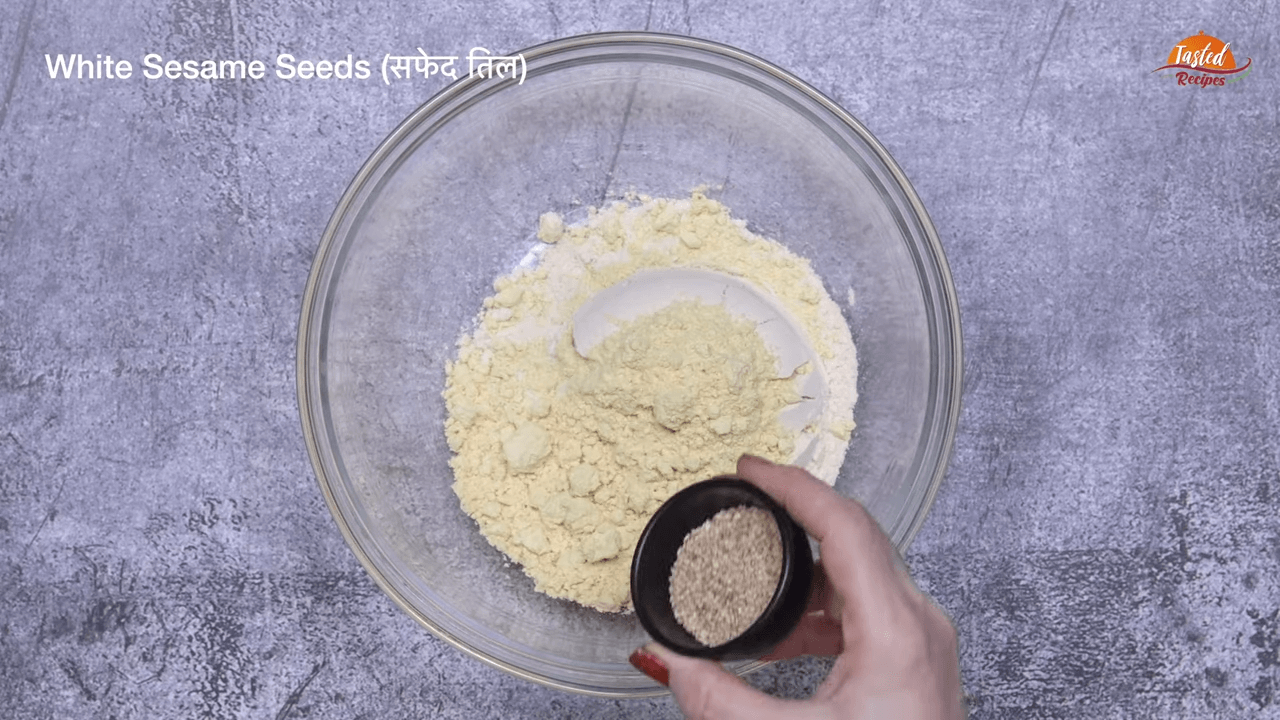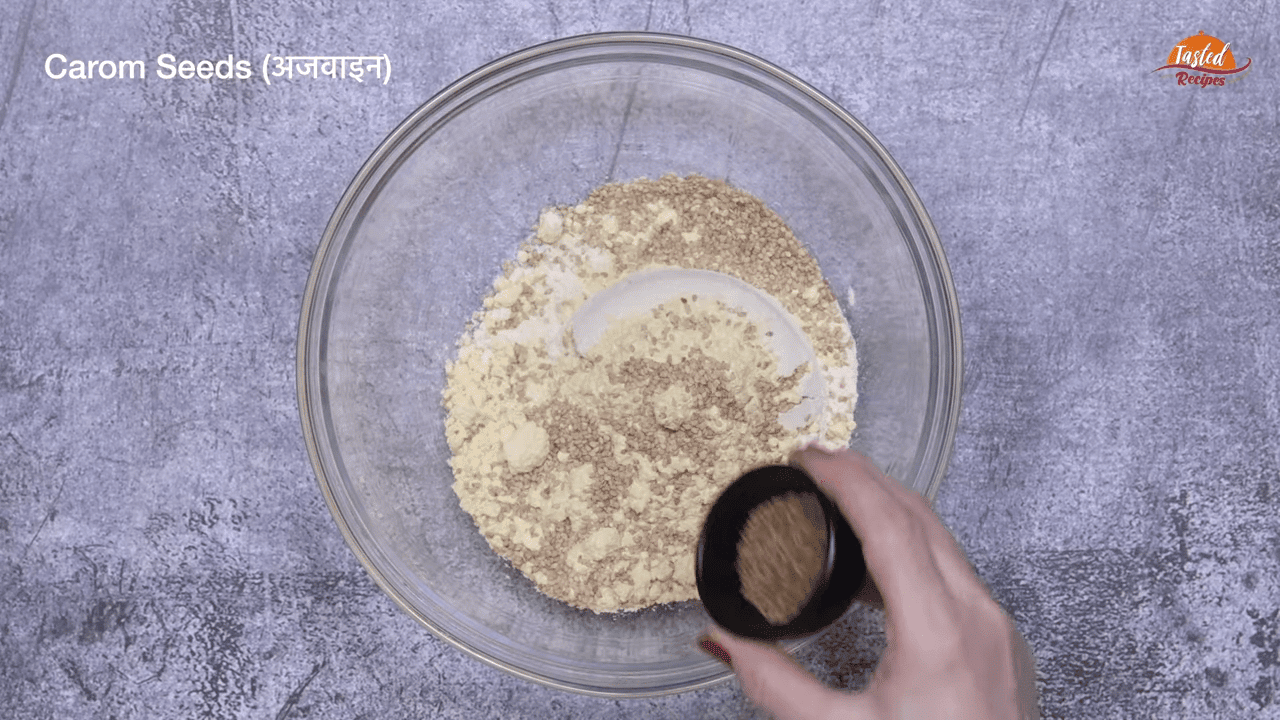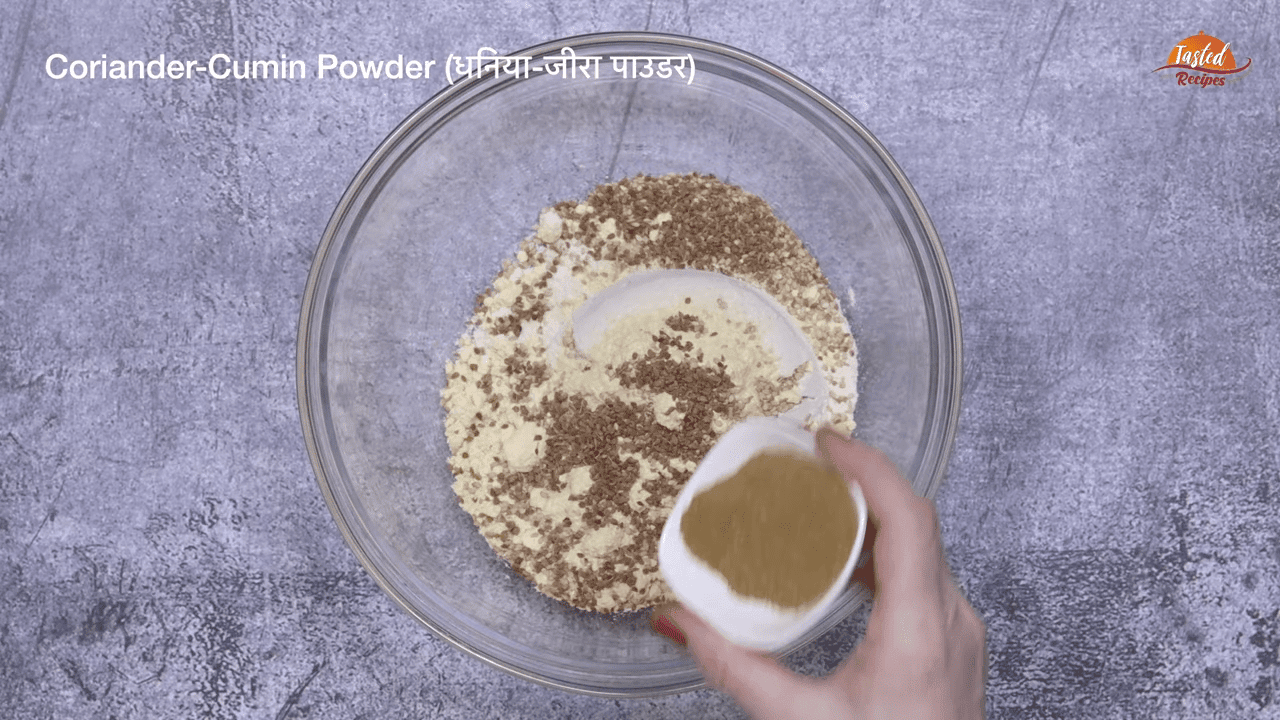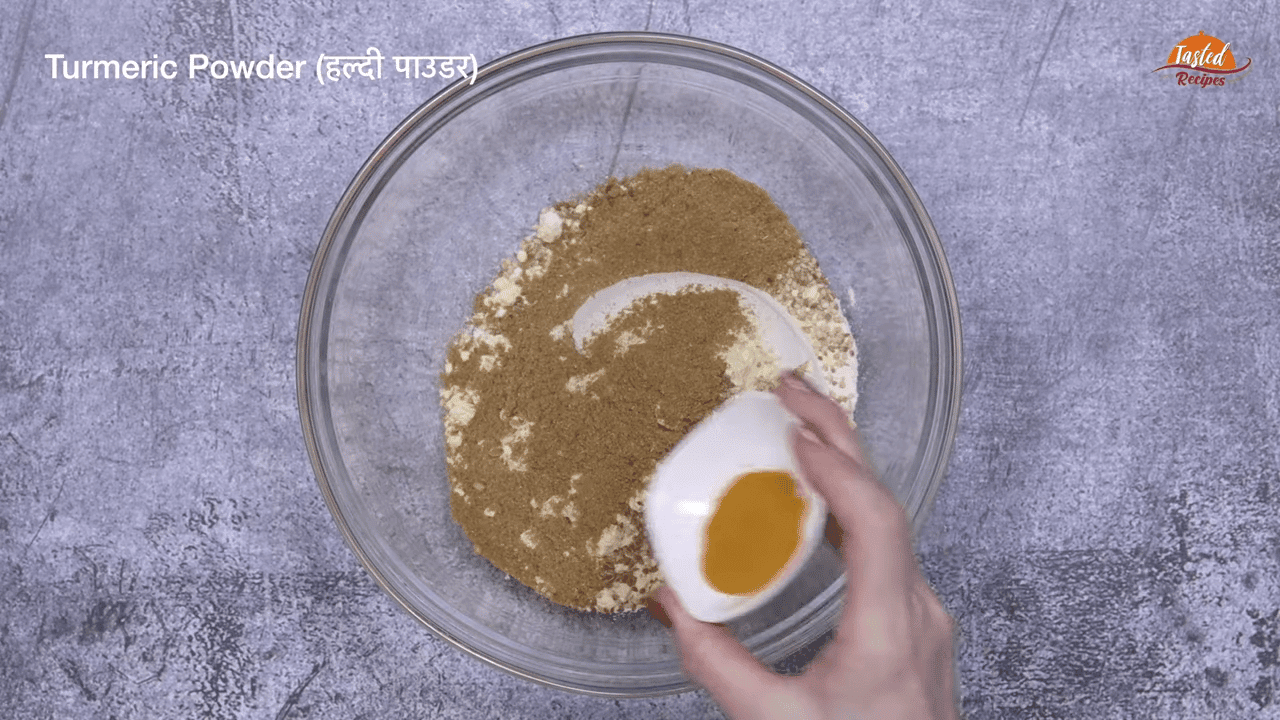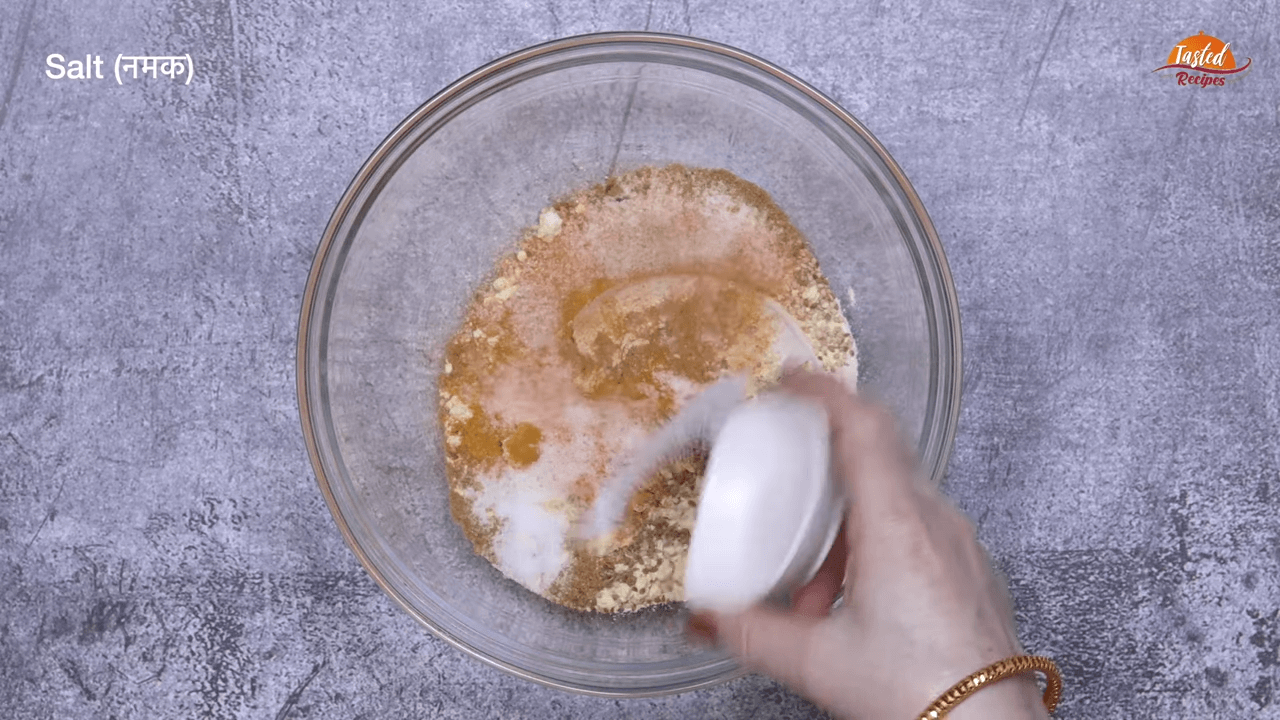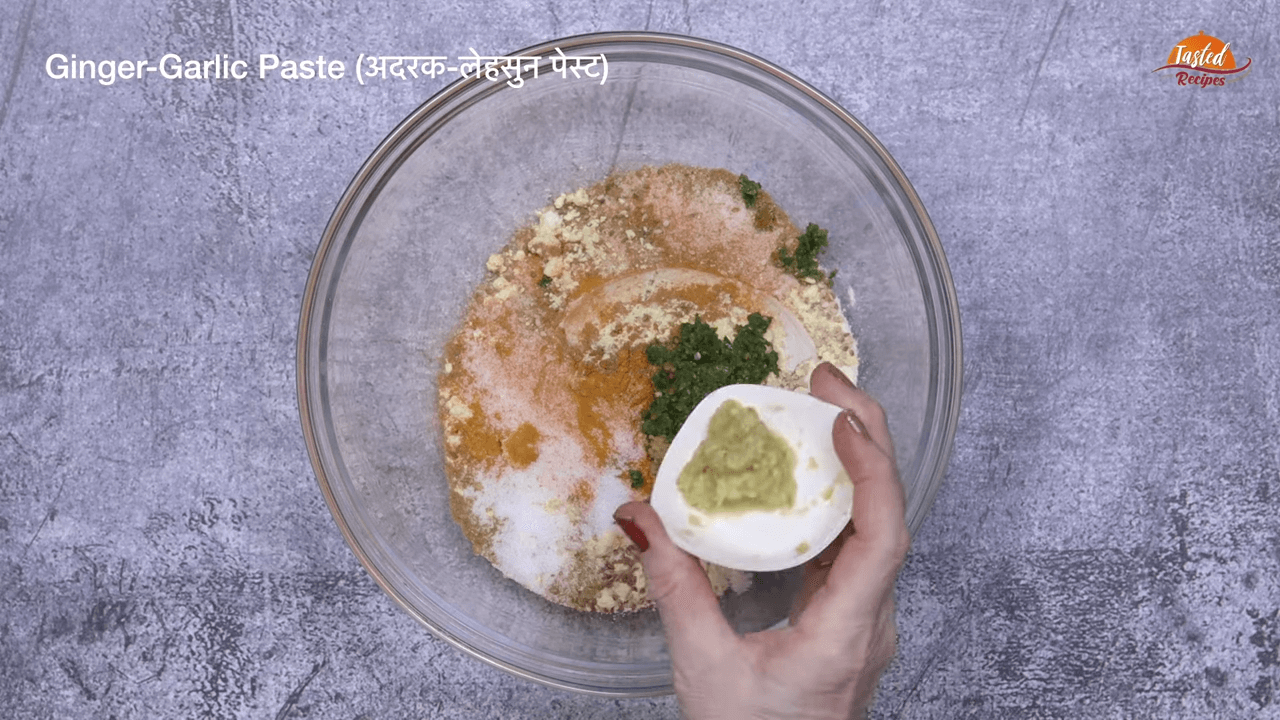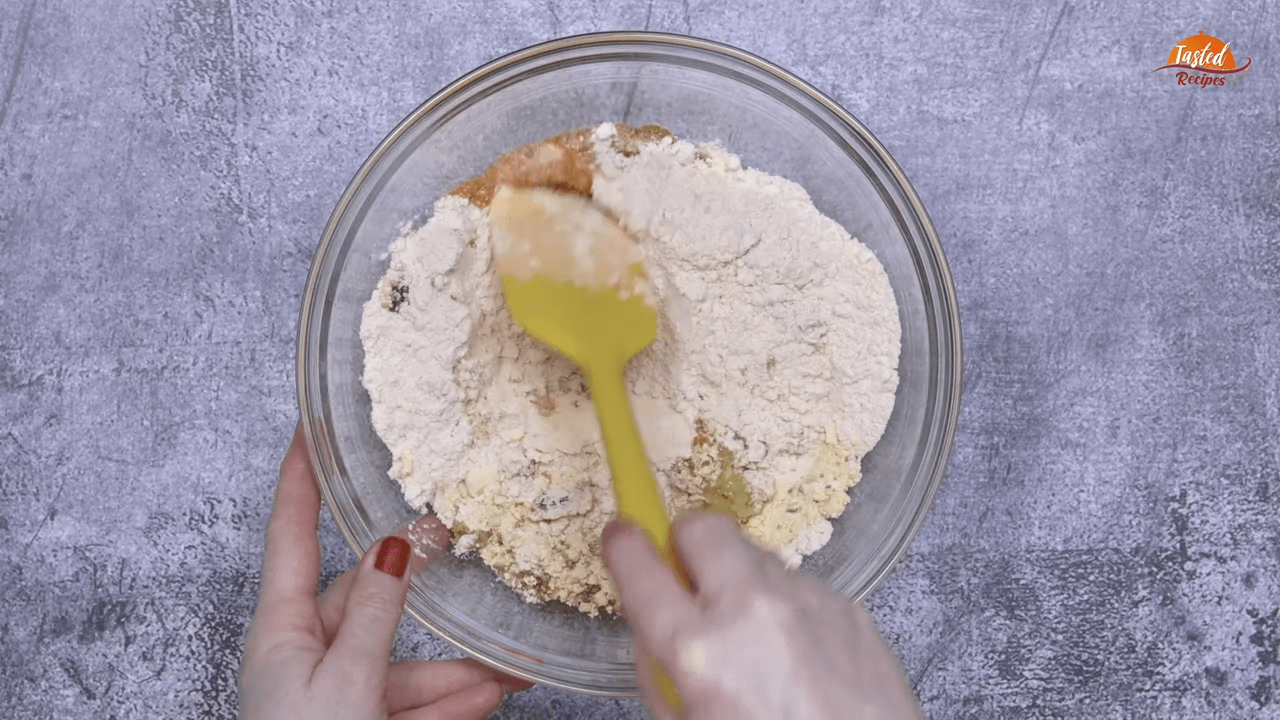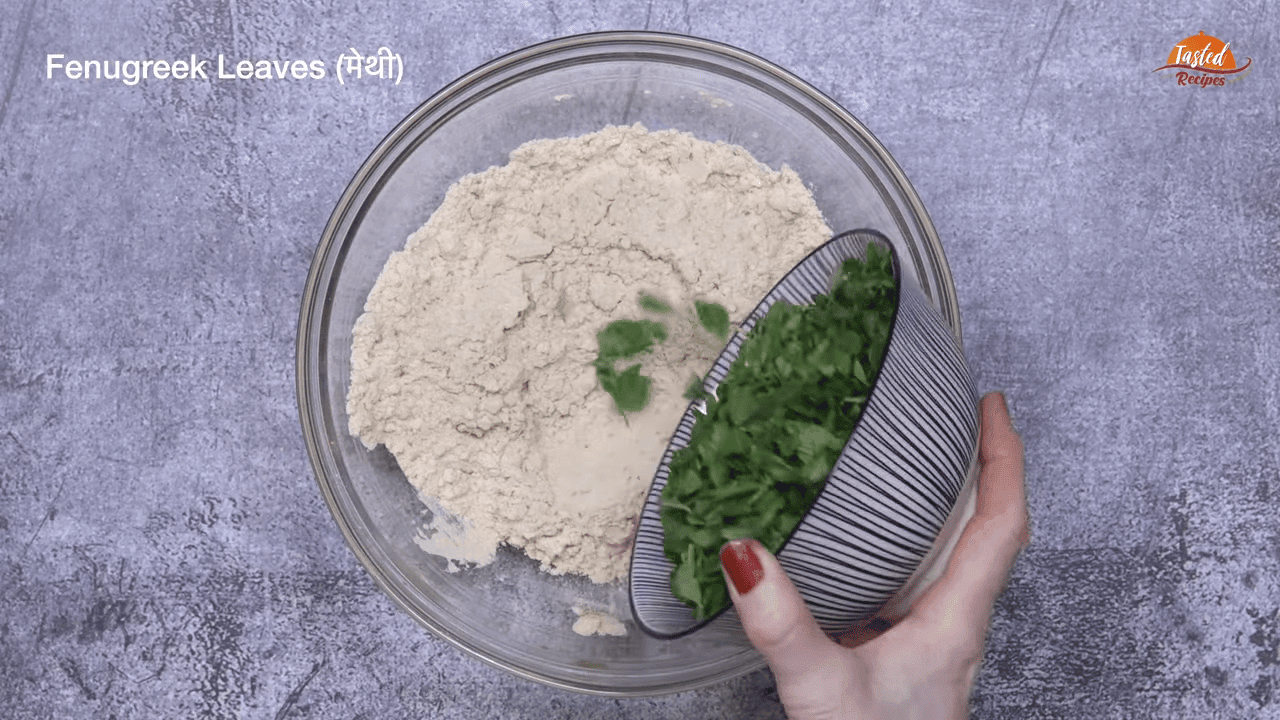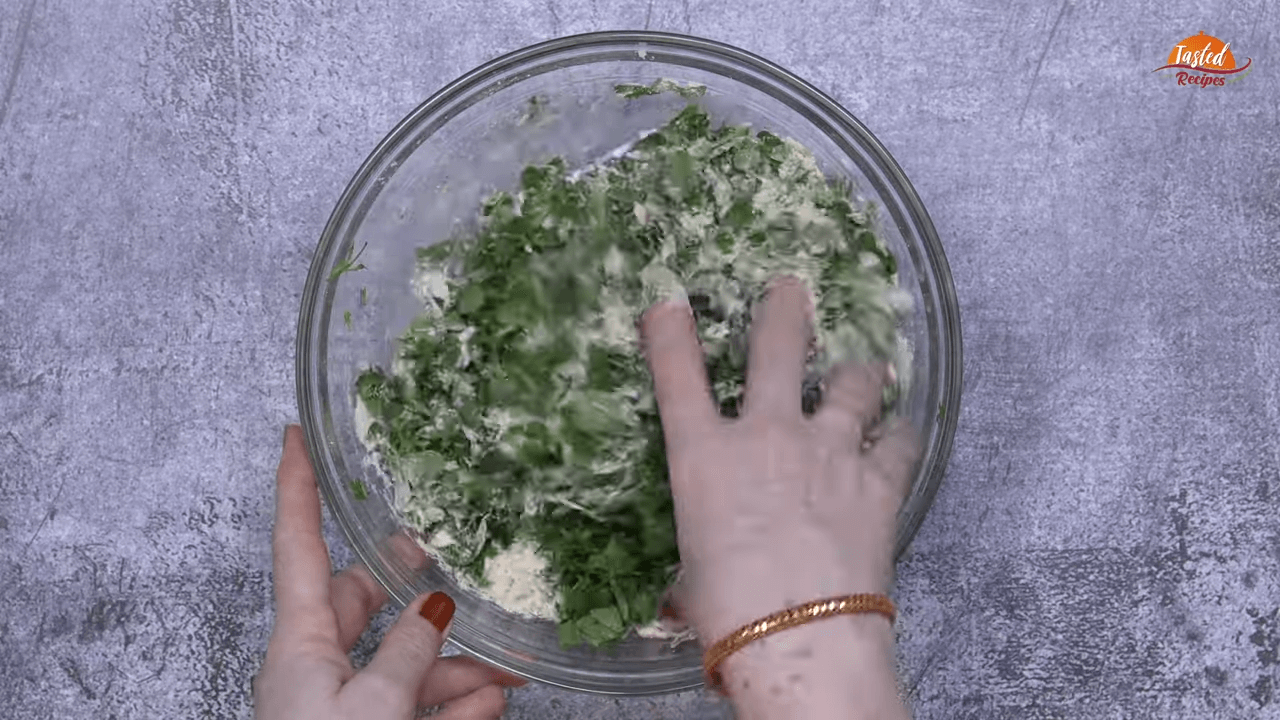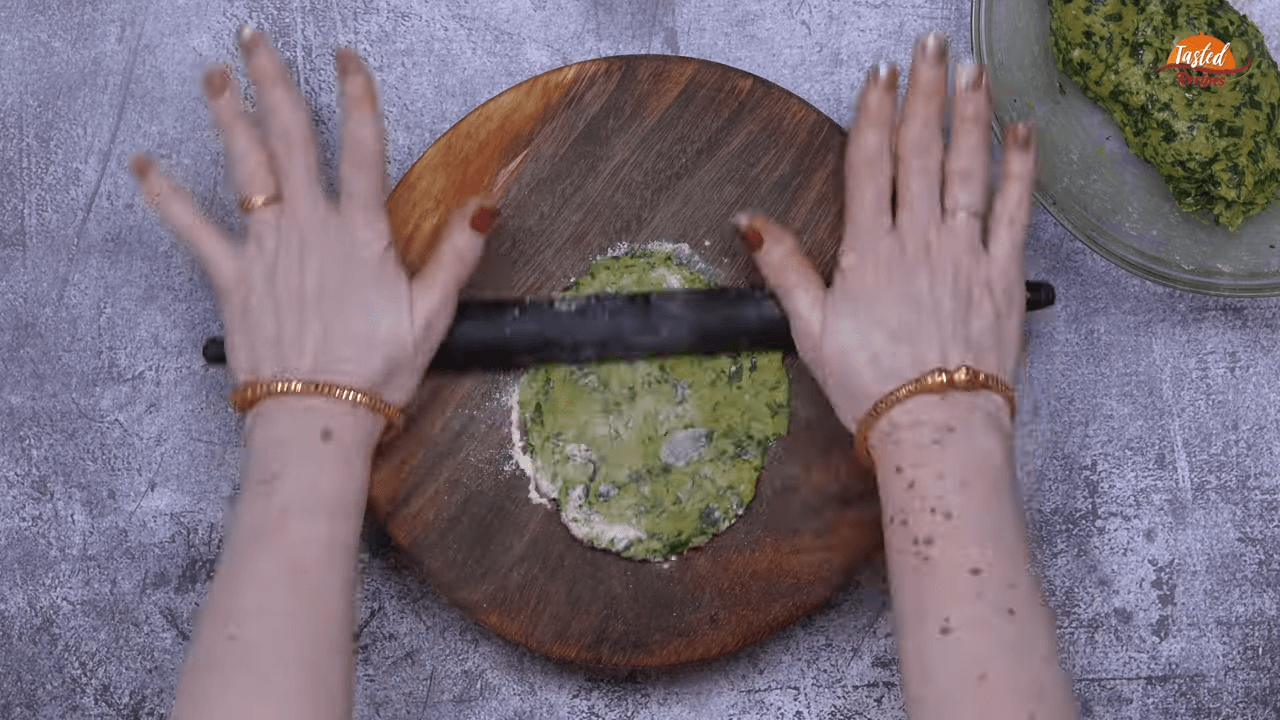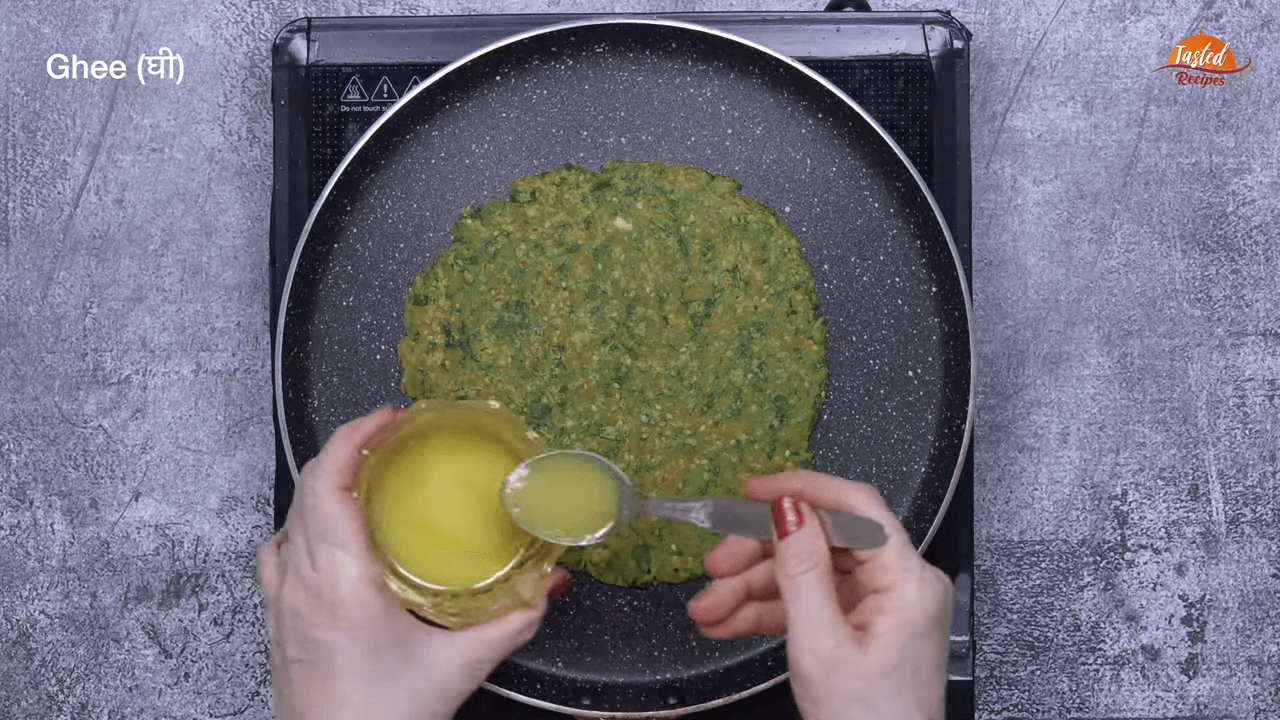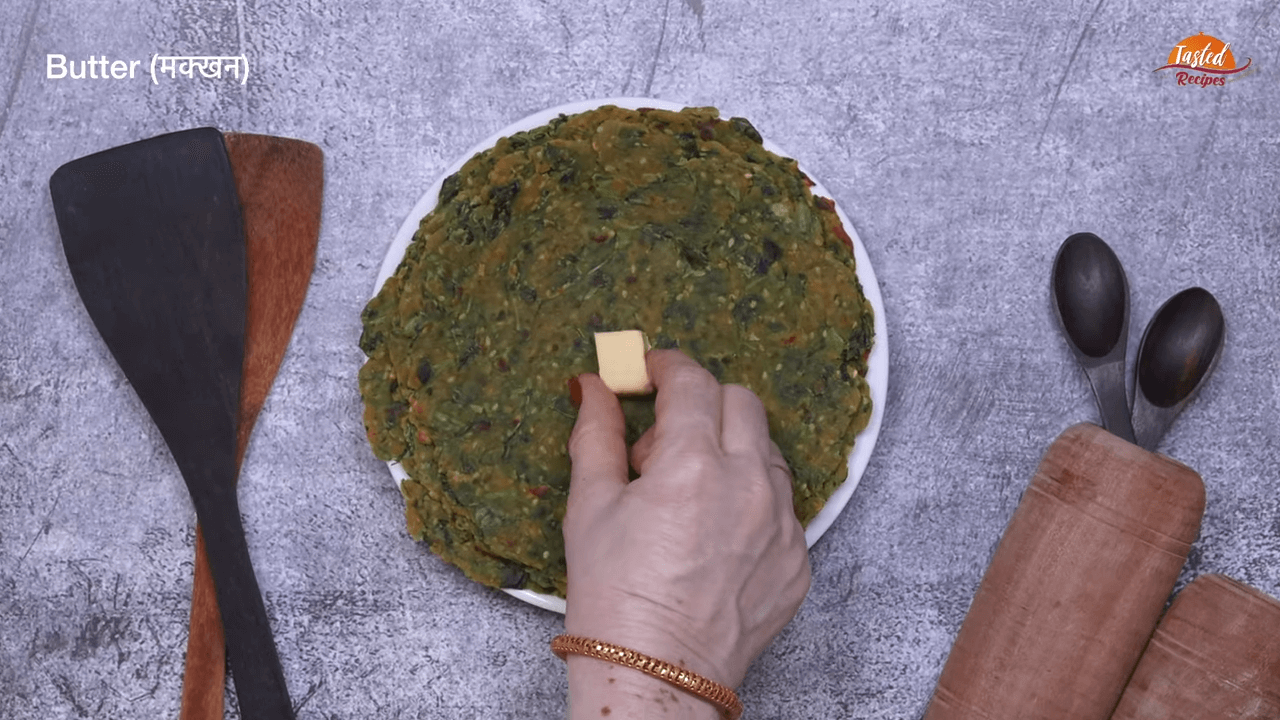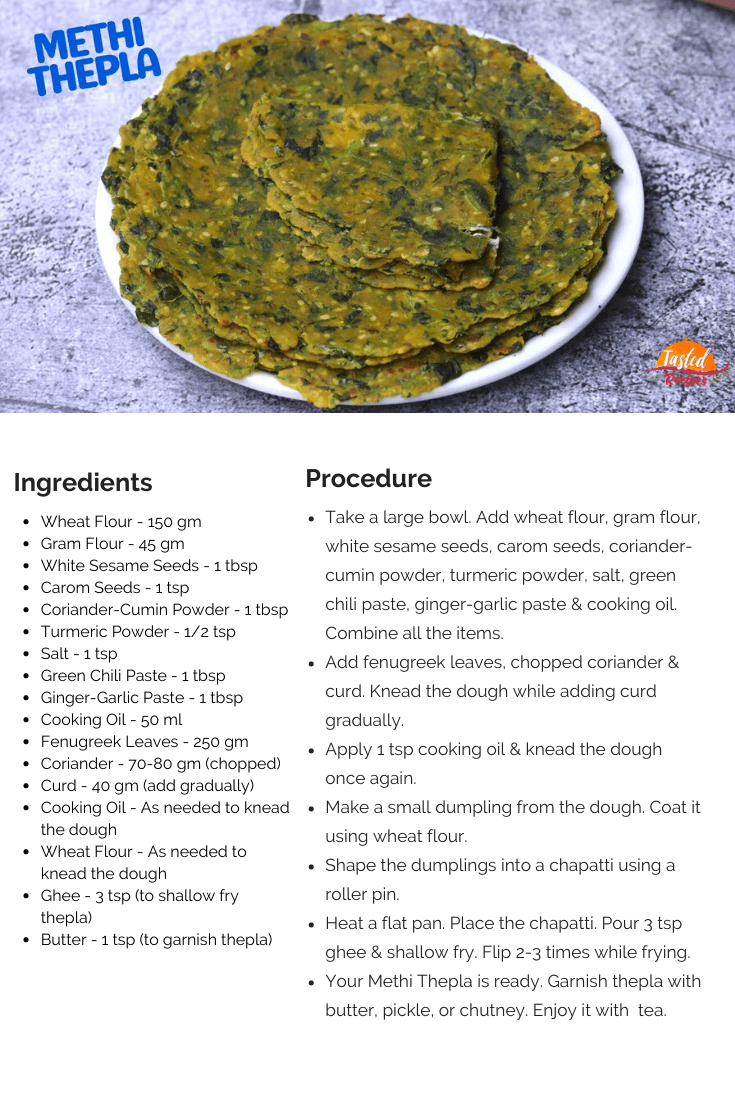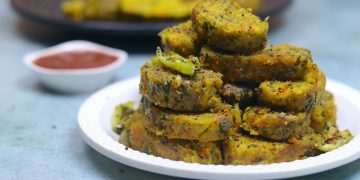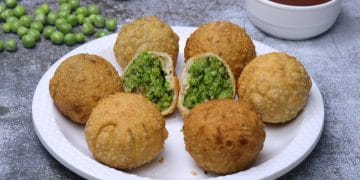Tasty company of methi and full of spices, Methi thepla, is a popular food from Gujarati cuisine. Usually, thepla is eaten as breakfast, but you can also eat it as an evening snack or a side dish with your meal.
Thepla is the perfect food for travelling or a snack for a picnic, as it is easy to pack. Eating and serving thepla is also simple. So you can eat it without making a mess.
It looks similar to paratha. Paratha, too, has different flavours, just like thepla. But there is a significant difference between Paratha and thepla. Let’s see what is exactly the difference.
Table of Contents
Thepla vs Paratha vs Chapatti
Paratha: The dough of paratha is made with wheat flour. Paratha is filled with a stuffing of vegetables (of respective flavours). Some famous parathas are Aloo paratha, Matar Paratha and Gobi Paratha.
Thepla: The dough of thepla has spices and masalas in it. It also includes the leaves or pieces of methi in the dough. Different flavours of thepla include the respective flavour’s pieces in the dough. Such as karela and mooli.
Chapati: It’s a plain wheat flour dough. First, small dumplings are rolled using a roller pin on a flat surface. Then, it’s roasted on a flat pan. This way, thepla, paratha & chapatti, aka roti differs on various factors.
Ways to eat thepla:
- With Chai: Chai is the favourite beverage of India. Having chai with Thepla will be a good breakfast or even an evening snack.
- Aioli (mayonnaise seasoned with garlic): Aioli and thepla bring out the best taste. The creaminess and the taste of garlic complement the taste of Methi thepla.
- Curd (दही): Curd (दही) will give a creamy and royal taste. The curd will balance out the bitterness of methi. The moisture of curd will make every bite a delight.
- Chickpeas: The rich flavour of chickpeas goes well with the spices in the thepla. Chickpeas are a good source of protein; their company will make a good combination with methi thepla.
- Pickle: Pickles are the most notable addition to thepla. Raw mango pickles and lemon pickles are the most loved pickles in India that are eaten with Methi thepla.
- Garlic chatni and onion: Garlic chutney and onion are a simple yet fantastic combination to try with thepla. The taste of chutney and onion will enhance the flavour of thepla and will be a good combination with the spices in thepla.
FAQs
How to clean and store Methi?
Pluck the methi leaves from the stem and soak them in a bowl with water. Add vinegar or baking soda to the water to get rid of the pesticides. After soaking for a few minutes, drain the water and soak the methi leaves in fresh water. This way, you can get rid of dust particles from the leaves.
Properly wash and dry the methi leaves, keep them in an airtight container or a zip lock bag, and place them in the fridge. It would be even better if you stored them in a steel container. This way, Methi leaves will stay fresh for 4 to 5 days.
Speaking of methi, you should try out Methi Matar Malai and Aloo Methi Bhaji. I am sure that you will love these dishes.
How long can I store methi thepla?
Pack thepla in an airtight container and put it in the fridge. This way, thepla will last for about 15 days. Even without the refrigerator, thepla will last for 3-4 days. If you freeze them, then the thepla can last for two months.
What are the benefits of eating Methi?
Methi thepla contains a good amount of methi which is rich in calcium and magnesium. So it helps keep your bones and teeth healthy and strong.
Further, the methi in the thepla also helps in reducing inflammation. It is helpful for patients with diabetes and blood pressure. If you are trying to lose weight, then thepla is a good choice for you.
What is the best season for methi thepla?
Methi thepla can be eaten in all seasons. But winter is the best season to have methi thepla, just like pakoda in monsoon or halwa in winter.
Are methi thepla good for cholesterol?
Methi thepla helps balance cholesterol, soothes the stomach, reduces cramps, maintains kidney and liver health and is an excellent source of nutrients
Tips to Knead the Dough correctly
- Add wet ingredients gradually as needed.
- Avoid over-kneading your dough. It must be soft and not dry or crumbly.
- Buttermilk (छांछ) is not a substitute for curd. Never go for it.
- Too much oil will make the dough lose. Moreover, you might not be able to recover it.
- If the dough seems dry, you can add curd; if it seems loose, add wheat flour to balance it.




